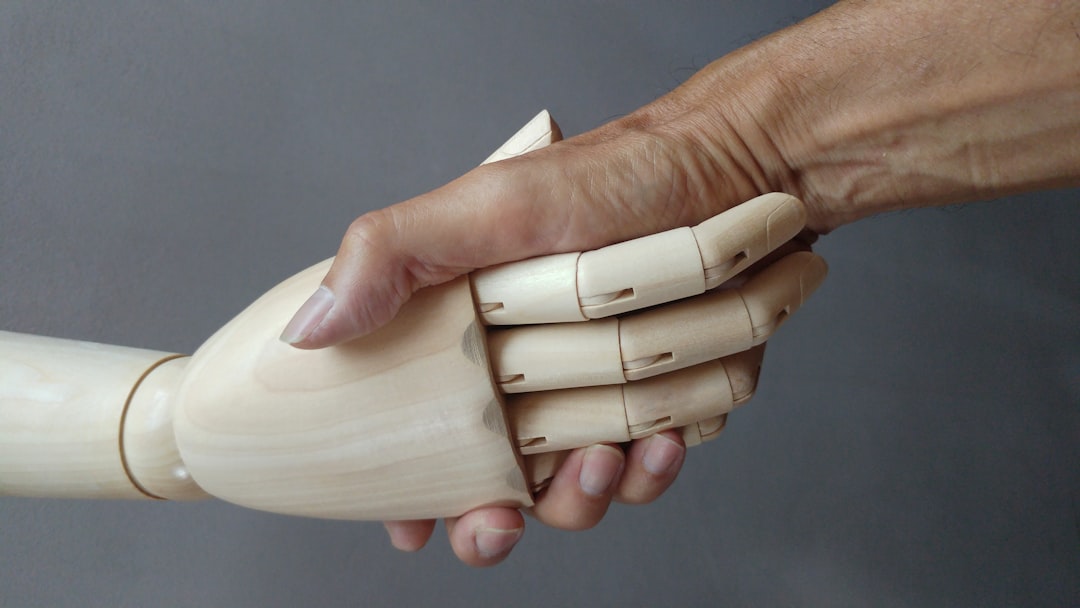What is it about?
In this paper, a detailed 3D finite element analysis (FEA) is carried out to quantify plastic deformation and material damage to endpost and railhead materials of insulated rail joints (IRJs) due to a wheel load above the shakedown limit of rail steel. A modified Hertzian contact pressure distribution is considered in this simulation. A 5mm endpost thickness is considered at the discontinuity in the rail which is required to form the six-bolt IRJ. Three popular IRJ endpost materials are employed in this study, these being: fibreglass, polyhexamethylene adipamide and polytetrafluoroethylene. 2000 cycles of a 174kN dynamic wheel load (in pressure format over the wheel-rail contact patch) are applied on the top of the rail surface in the vicinity of the IRJ. Equivalent plastic deformations along with vertical and longitudinal plastic strains for unloaded conditions are presented. The strain plots depict damage of endpost materials and ratchetting failure of rail ends. The ratchetting failure modes follow the established trend of decay in ratchetting rate in successive wheel load cycles. Comparisons of strain and stress on the railhead surface and in the railhead sub-surface considering all three different endpost materials are put forward. Out of the three endpost materials, fibreglass is the optimal material considering the ratchetting mode of the railhead material damage.
Featured Image
Why is it important?
The published literature focused mainly on contact pressure distributions and impact forces resulting on the railhead material in the vicinity of IRJs due to different endpost materials, an obvious question arises – what are their effects on material degradation and damage of railhead material in the vicinity of the endpost of IRJs? This paper provides answers to this question. It investigates the degradation of railhead material to examine peak pressure load tolerance for a contact geometry based on the modified HCT. A FE model is used to determine the stress distribution on the railhead in the vicinity of the endpost. 5mm thick endposts of three different materials are employed with a 6 bolt suspended square IRJ in the current simulation considering 2000 load cycles. A local stress analysis is carried out using a sub-modelling strategy. Cumulative damage of IRJ railhead material in the vicinity of the endposts is presented.
Perspectives
This is a pioneer paper employed different endpost materials to compare the degree of railhead damage in the vicinity of IRJs
Dr Nirmal Kumar Mandal
Central Queensland University
Read the Original
This page is a summary of: Finite element analysis of the mechanical behaviour of insulated rail joints due to impact loadings, Proceedings of the Institution of Mechanical Engineers Part F Journal of Rail and Rapid Transit, December 2014, SAGE Publications,
DOI: 10.1177/0954409714561708.
You can read the full text:
Resources
Journal paper on thermal loading
Effects of thermal and vertical wheel loads on railhead material
Journal paper on LCF
Strategy to address LCF problems
Journal paper on enfpost thickness of rail joints
The effects of endpost thickness on mechanical behaviour of rail joints
Journal paper on sensitivity analysis of rail joints
Effects of endpost material on mechanical behaviour of rail joints
Contributors
The following have contributed to this page










